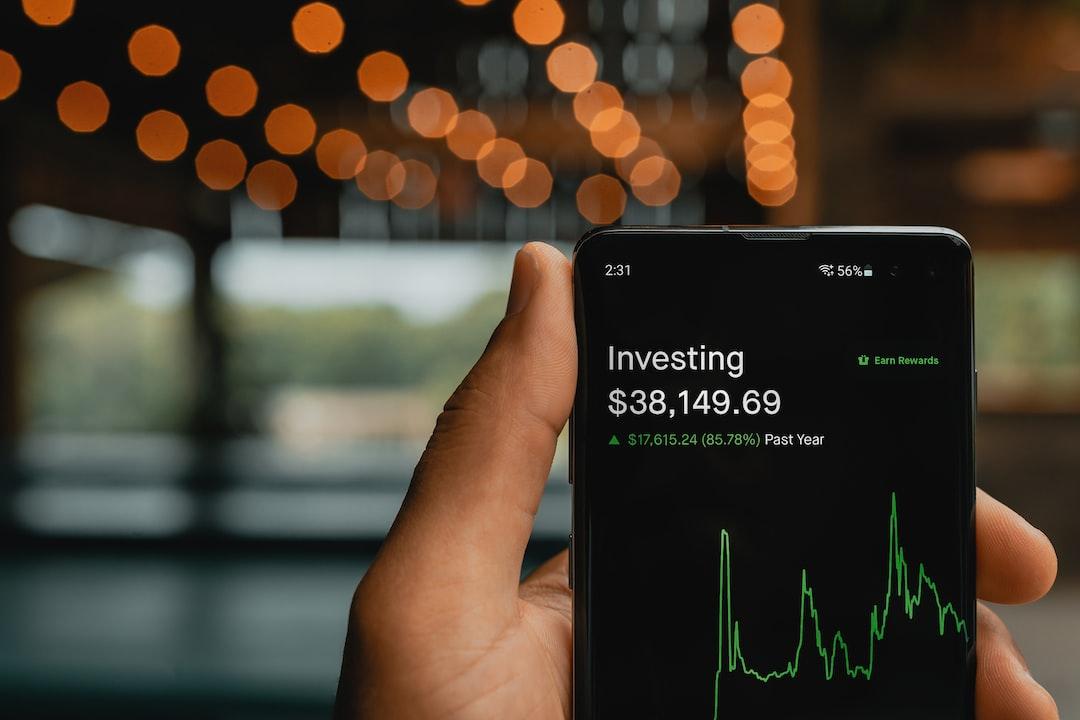Ripple has announced a partnership with the Axelar Foundation to enhance interoperability on the XRP Ledger (XRPL) blockchain, with the aim of advancing the tokenization of real-world assets (RWAs). Through this collaboration, developers will be able to leverage Axelar’s General Message Passing (GMP) to execute smart contract calls on more than 55 blockchains. This will enable the cross-chain deployment of decentralized applications on the XRPL, which is Ripple’s open-source public blockchain. The integration is set to bring about several benefits, including increased liquidity for stablecoins and large-cap assets. David Schwartz, the CTO of Ripple and co-creator of the XRPL, emphasized that the tokenization of real-world assets, such as real estate, commodities, treasuries, and bonds, will be a driving force in the blockchain economy. He also predicts that traditional lending platforms will increasingly use tokenized RWAs as collateral for loans. The XRPL has been in existence for over a decade and experienced significant growth in daily activity volume in 2023, as reported by Messari. This growth was driven by various types of transactions, including a substantial increase in non-fungible token activity. On the other hand, Axelar is a Canadian startup that offers a communication overlay between blockchains, enabling networks to share data without intermediaries or centralized parties. The company was founded in 2020 by members from the inaugural team at Algorand and graduates from the Massachusetts Institute of Technology. Schwartz believes that Axelar’s integration will contribute to the broader adoption of blockchain by facilitating the tokenization of real-world assets. Tokenization refers to the process of converting asset rights into digital tokens on a blockchain, making it easier to buy, sell, and trade real-world assets such as real estate, art, or company shares. Investment bank Citi predicts that the tokenization of RWAs could become a significant use case in the crypto industry, estimating the market to reach a value of $4 trillion to $5 trillion by 2030. This growth is expected to be driven primarily by the tokenization of private equity, real estate, and debt markets, with private equity being the most likely asset class to be tokenized due to its liquidity and fractionalization advantages.

